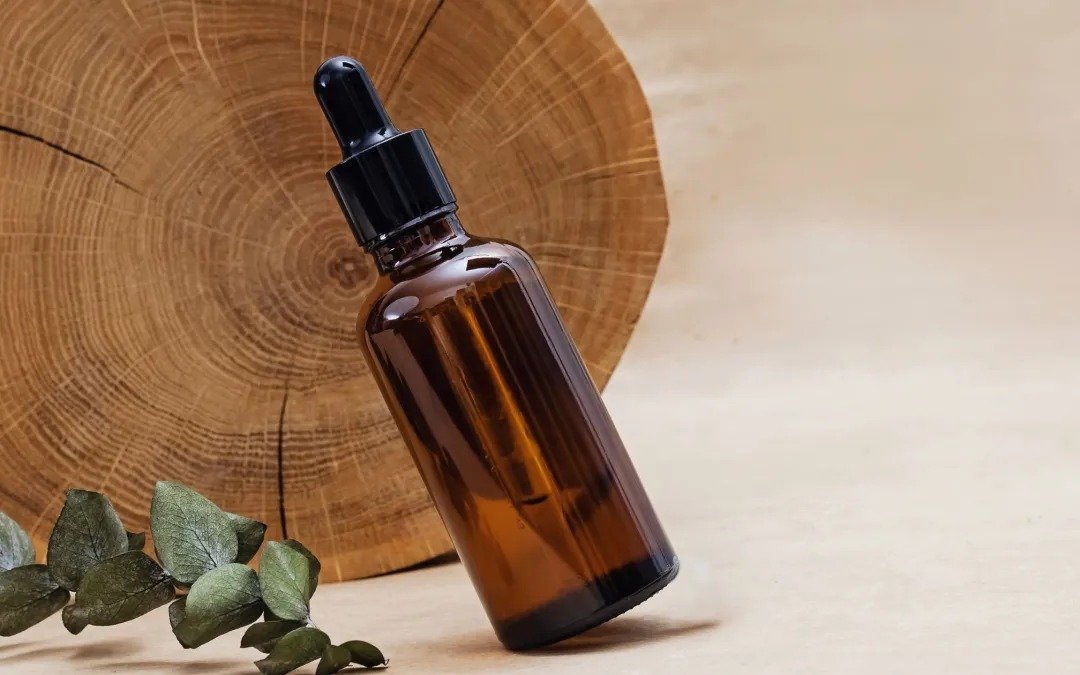Retinaldehyde vs Retinol: What’s the Difference & Which is Better?
For anyone who hasn’t really explored the world of skincare, this might be a confusing topic. Well, even to some who do! Which is which? What’s the difference? Which is better? The beauty industry has been growing that it may be hard to differentiate the two, and sometimes, we even confuse them as one! With Retinol as the most commonly discussed in its ingredient family, especially in social media trends, this has become a general term among the many derivatives of vitamin A.
To simply put, Retinol and Retinaldehyde are just two of the four main categories of Retinoids, which are the so-called holy grail ingredients that treat many unwanted skin conditions. There are also retinyl esters and retinoic acid – the latter as the only pure Retinoid that’s not available over-the-counter without a prescription. Meanwhile, the other three are more convenient and show a similar effect on the skin, although in varying degrees. To achieve the far intensity of retinoic acid, these over-the-counter retinoids undergo a conversion process before the skin can utilize the ingredient. The conversion goes from Retinyl Esters to Retinol, Retinaldehyde, and lastly converted into Retinoic Acid as an active form of Vitamin A. Only once in the retinoic acid form can the rejuvenating magic of such Retinoid can happen.
The terminologies may sound a bit intimidating for most, but in this blog post, we will navigate through what exactly is Retinaldehyde and what makes it the best among all the other forms of retinoids.
What is Retinaldehyde?
Like any other form of retinoids, Retinaldehyde is perfect for people who want to improve their complexion, ward off fine lines and wrinkles, and reduce aging signs. It delivers a bunch of skin benefits, no matter what your skin concern is, from aging to acne and just everything in between! Among all the over-the-counter Retinoids, it is the most potent because of its close proximity to Retinoic Acid when it comes to the conversion process.
What is Retinol?
Probably the most popular kind of Retinoid in the market is Retinol. It used to be perceived as the strongest over-the-counter form of Retinoid to treat mature-looking skin concerns and acne due to its ability to penetrate the stratum corneum and the skin’s dermis. The hype is real! However, many people have claimed that they experience irritation when using one. Not to mention that it needs twice the time as Retinaldehyde converts into the most active form of Vitamin A. So for some who are not extra patient to see its results or want something more gentle on the skin while still achieving the same result, maybe you should opt for Retinaldehyde.
So why Retinaldehyde and not Retinol?
The closer to the cascade a Retinoid is to Retinoic Acid, the more readily it can be converted; hence, the most potent and effective it becomes. In contrast, Retinoid becomes weaker when there are more steps in the conversion process. Remember that in the context of skincare, less is always more! Although not all Retinoids are created equal, the Vitamin A derived from them produces similar results in varying degrees and time. Since Retinaldehyde comes last before the conversion to the purest form of Retinoid, it may be the most of a Retinoid as you can get without a prescription. Less time, results-driven, and definitely cost-efficient!
If you’ve got it figured out and want to further dig more into the skin benefits of Retinaldehyde, read this blog post to gain some valuable takeaways!
Should I use a Retinaldehyde product?
If you’re looking for a form of over-the-counter Retinoid that goes the extra mile- a Retinaldehyde product is a must-have! Containing the benefits of the most potent Retinoid that improves skin conditions with the power of anti-aging effects, you can never go wrong with this hype.
Spalina Skincare offers a new delivery system of Vitamin A in the form of a serum, the Antioxidant Line Diffusing Serum which is Retinaldehyde-based. Although suited for all skin types, people with visible signs of aging, sensitive skin, hyperpigmentation, and sun-damaged skin would reap the most benefit from this Vitamin-A-infused product.
In addition, you can pair it with a sunscreen like Spalina’s Hydrating Mineral Zinc Oxide SPF 40 Sunscreen since Retinoids make your skin more sensitive to the sun. Not only does wearing sunscreen help maintain the effectiveness of your topical Retinoids, but it also provides much-needed protection from the UV rays.
Whether you’re in your mid-twenties or past your 40s, struggling with skin conditions can be very frustrating. And Retinaldehyde can just be one solution to an everything-in-between kind of treatment. Just invest and treat your skin well because the more you feel good in your own skin, the more beautiful, glowing, and confident you become.



